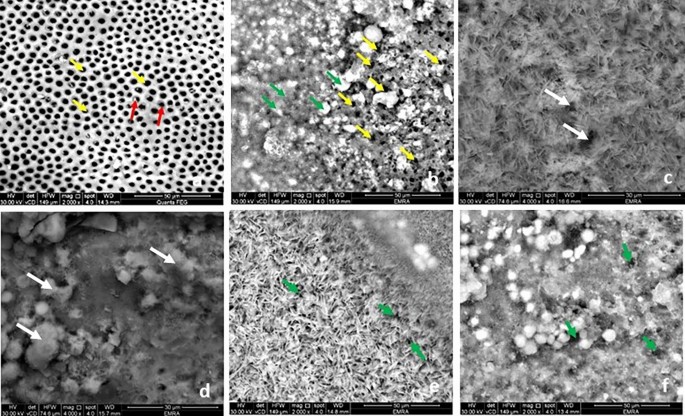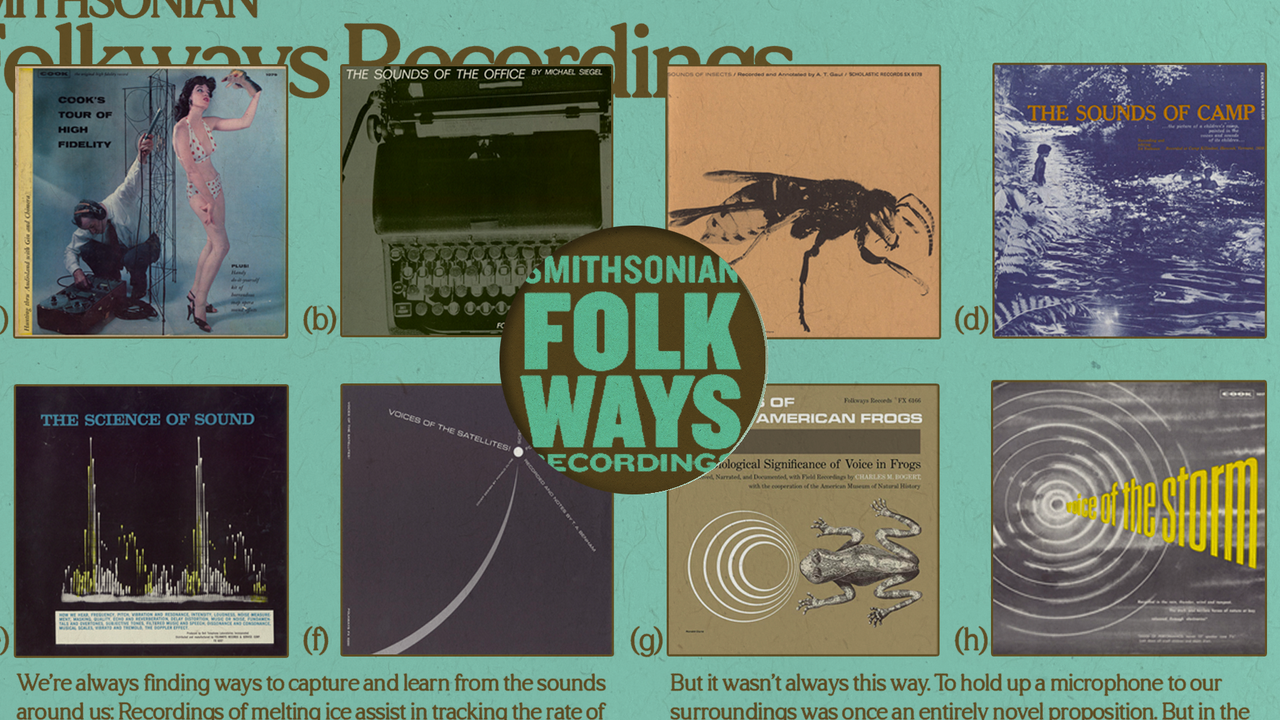-
Daily briefing: Blockbuster room-temperature superconductivity paper retracted

Hello Nature readers, would you like to get this Briefing in your inbox free every day? Sign up here. Scottish wildcats (Felis silvestris) have varying levels of domestic-cat DNA from decades of interbreeding.Credit: RZSS – Saving Wildcats Plan to breed domestication out of wildcats Researchers trying to rebuild the Scottish wildcat (Felis silvestris) population are…
-
Israel: when reality meets academia
On 7 October, thousands of Hamas terrorists invaded southern Israel, killing at least 1,400 people and kidnapping more than 240 civilians. These include fellow faculty members, postdocs and students who are dead, wounded or still missing. Along with many other academics, we have been vocal advocates of greater liberalism in Israel (see E. Albin et…
-
Nobel win: spotlight on the attrition of women in science
Katalin Karikó’s joint win of this year’s Nobel Prize in Physiology or Medicine helps to redress the history of gender bias in Nobel awards (see Nature 622, 228–229; 2023). Yet her achievement is not so much a win for female researchers as a warning of how much is being lost through the continued attrition of…
-
Dentinomimetics and cementomimetics of Moringa oleifera leaves extract

Abstract To evaluate the biomimetic remineralization capabilities of Moringa oleifera leaves (MOL) extract on coronal dentin and acellular cementum, two different concentrations (50 and 200 mg/ml) of MOL extract loaded in plain varnish (M1 and M2 groups respectively) were compared to fluoride varnish (FL group) and native surface (C group). Eighty sound premolar teeth were collected.…
-
How AI could lead to a better understanding of the brain

Can a computer be programmed to simulate a brain? It’s a question mathematicians, theoreticians and experimentalists have long been asking — whether spurred by a desire to create artificial intelligence (AI) or by the idea that a complex system such as the brain can be understood only when mathematics or a computer can reproduce its…
-
Nature retracts controversial superconductivity paper by embattled physicist

Physicist Ranga Dias is under investigation by his institution, the University of Rochester in New York.Credit: Lauren Petracca/New York Times/Redux/eyevine Nature has retracted a controversial paper1 claiming the discovery of a superconductor — a material that carries electrical currents with zero resistance — capable of operating at room temperature and relatively low pressure. Why a…
-
Publisher Correction: First observation of 28O
Correction to: Nature https://doi.org/10.1038/s41586-023-06352-6 Published online 30 August 2023 This paper was originally published under a standard Springer Nature license (© The Author(s), under a exclusive licence to Springer Nature Limited). It is now available as an open-access paper under a Creative Commons Attribution 4.0 International license, © The Author(s). The error has been corrected…
-
Cutting health and science support should not be an option in Argentina’s election

Voters will choose between Sergio Massa (right) and Javier Milei as Argentina’s next president on 19 November.Credit: Tomas Cuesta/AFP/Getty At the end of last month, people in Argentina voted in the first round of presidential elections. Sergio Massa, the current economy minister for the ruling centre-left party, took a narrow lead over economist and television…
-
Ligand recognition and G protein coupling of trace amine receptor TAAR1
Abstract Trace amine-associated receptors (TAARs), a group of biogenic amine receptors, play pivotal roles in neurological and metabolic homeostasis1. They recognize diverse endogenous trace amines (ETAs) and subsequently activate a range of G protein subtype signaling pathways2,3. Notably, TAAR1 has emerged as a promising therapeutic target for treating psychiatric disorders4,5. However, the molecular mechanisms underlying…
-
Croaking Frogs, Buzzing Hornets, Squealing Dolphins: A Guide to Smithsonian Folkways’ Best Science and Nature Recordings

We’re always finding ways to capture and learn from the sounds around us: Recordings of melting ice assist in tracking the rate of climate change; hydrophones eavesdropping on underwater insects help measure the health of the ecosystem; and astronomers even figured out the pitch of a massive black hole—B flat, it turned out—in order to…